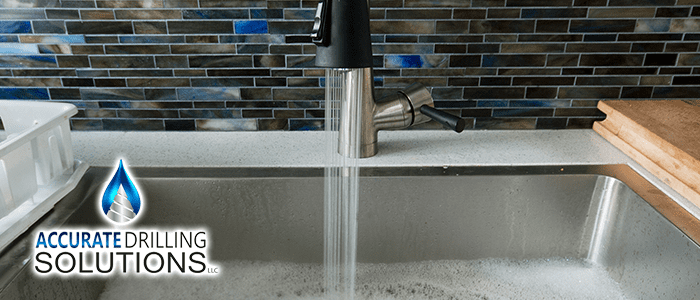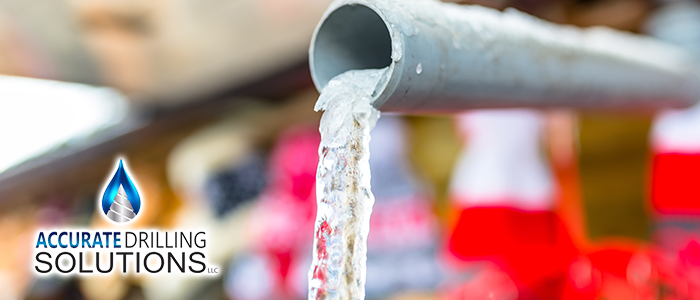
Why is My Water Slimy
Every now and then, well water workers get calls from people telling us that their water is slimy. This can mean several different things, so we always ask more questions. Let’s demystify your slime problem, whether it’s just a sensation on your hands or streaks of gooey ooze in your toilet tank. There’s one important question to ask: Have you gotten a water softener recently? So, why is your water slimy? Let’s explain.
Why Is Water Slimy When Soft?
Most wells have very hard water. That’s why you might have gotten used to seeing calcium and magnesium rings in your sink and around your fixtures. You’ll see limescale on showerheads, under your pipes, and sometimes even your skin. The mineral content in hard water doesn’t bother some people, but others find it a deal-breaker. That’s where water softening comes in.
Water softeners replace the ions of calcium and magnesium with salt. The salt is where the “slimy” feeling comes from. Let’s say you want to take a shower with hard water… When you use soap, that soap reacts with minerals, forming “curds” or soap scum. Because this soapscum sometimes isn’t water-soluble, it can stay leftover on your skin.
That scum doesn’t exist with soft water. However, soft water may leave you feeling “silky” or like you haven’t gotten all of the soap off. Some people hate the feeling… So what can you do to get rid of it? You could use soap with calcium and magnesium in it and use a tiny bit less of it. What if you don’t have a water softener, though, or you see slime?
Slime Without A Water Softener
This is usually due to bacterial colonies. For example, you may see stains, crust, and gooey things at the bottom of your toilet tank. This nasty sight is usually due to the Iron Bacteria, Gallionella. These organisms live in the group and actually “eat” iron. They’re fascinating creatures, really – But you don’t want them in your water system.
This isn’t because they can make you sick, though. There aren’t any reported health effects of drinking water contaminated with Gallionella. That said, the water quality noticeably drops. Who wants to drink slime? It can smell and taste bad, too. However, just because you’re safe doesn’t mean your home is.
Dangers of Iron Bacteria
Gallionella can cause major problems in the future. Although you might only notice some stains in the sink or toilet at first, later on, you may find those stains on your clothes. The bacteria are fully capable of clogging your pipes and ruining your equipment, too. Beyond the material costs, Gallionella serves as a food source for other, more dangerous bacteria. These other bacteria can produce hazardous materials and even synthesize dangerous chemicals.
You may notice the smell of rotten eggs – This is one such example, as the presence of iron bacteria can encourage sulfur bacteria too. When these are present, coliform bacteria aren’t far behind. Get it tested if you notice rust, grime, or film in your water or your water has an odor.
If you have iron bacteria present, you’ll need to sanitize your well as soon as possible. If you’ve got problems with slimy water, don’t hesitate to give us a call. Well water should be an enjoyable experience for your family. Accurate Drilling Solutions can help make sure you enjoy your well for years to come.
continue reading
Related Posts
Tampa Well Water Quality: Your Complete 2025 Guide Well water
Addressing Water Pressure Issues in Wells: Expert Solutions Water pressure
Benefits of Water Filtration Systems for Well Owners in Central





